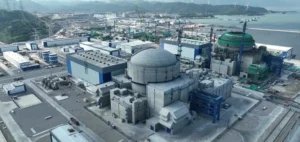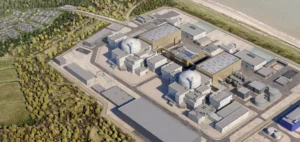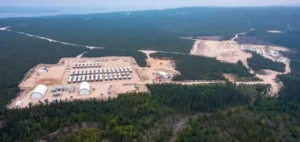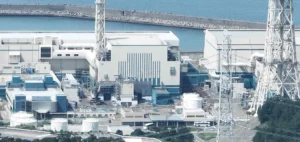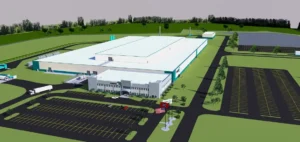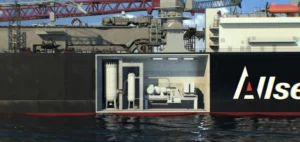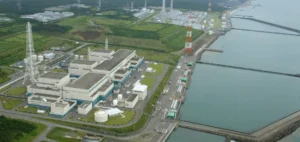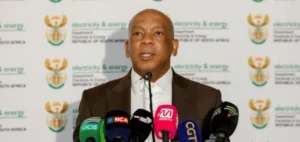Orano USA has launched a 40-person office in Oak Ridge, Tennessee, to manage Project IKE, a uranium enrichment facility aimed at reinforcing the domestic nuclear fuel supply in the United States. The initiative represents the largest industrial investment ever made in the state, according to local officials. The site is designed for large-scale commercial capacity, producing fuel for both existing and next-generation nuclear reactors.
Strategic deployment on historically nuclear ground
Located near the Oak Ridge Horizon Center Industrial Park, the office will coordinate development, engineering, project management, and licensing activities. The planned facility will cover approximately 750,000 square feet. It joins Orano’s 15 other U.S. sites, which include operations in North Carolina, Kentucky, Texas, and Maryland.
The ribbon-cutting ceremony brought together over 100 public and private sector representatives, including Tennessee Governor Bill Lee, Senator Marsha Blackburn, and federal officials. The project aligns with the federal strategy announced by former President Donald Trump to quadruple U.S. nuclear electricity production by 2050.
Planned LEU and HALEU production based on market demand
The planned facility will produce low-enriched uranium (LEU/LEU+) for the existing commercial nuclear fleet, and, depending on demand, high-assay low-enriched uranium (HALEU) for advanced reactors. Orano expects to hire approximately 300 employees to operate the site, in addition to the existing office staff.
Jean-Luc Palayer, Chief Executive Officer of Orano USA, stated that the company’s long-standing expertise and proven centrifuge technology would support a rapid production start. Orano has operated in the U.S. for more than 40 years and currently supplies enriched uranium from its Georges Besse 2 site in France, which has recently begun a 30% capacity expansion to meet U.S. market demand.
Institutional and industrial backing as project enabler
The site’s development remains contingent on federal funding and commercial customer commitments. Project IKE aims to reduce U.S. reliance on foreign sources of nuclear fuel. Federal and state authorities have described the initiative as a strategic asset for national energy security.
Orano is preparing to celebrate its 60th year of operations in the United States. The launch of Project IKE represents a new phase for the company in the North American nuclear landscape, where demand for domestically produced nuclear fuel remains a significant industrial and energy issue.





